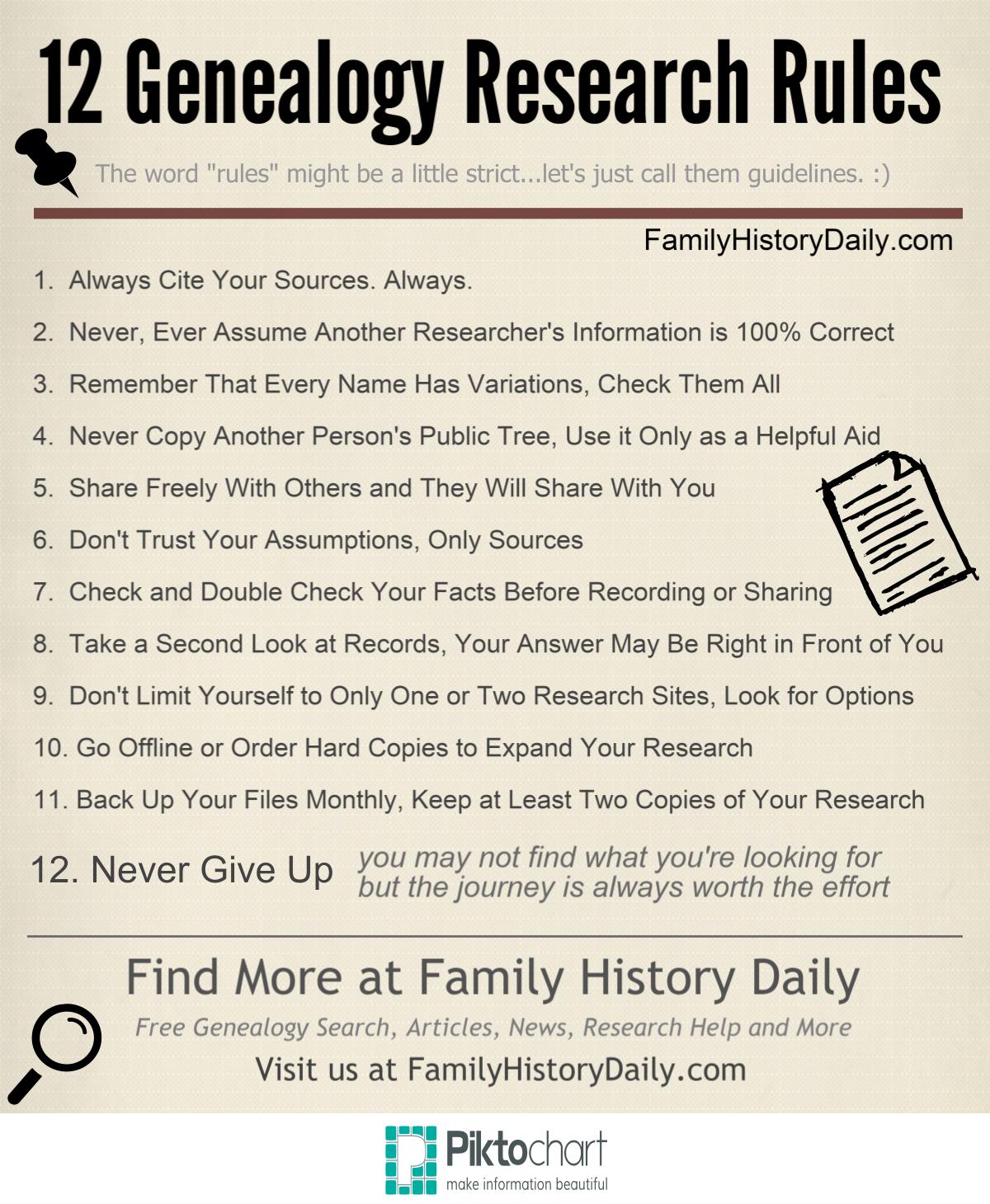I am so lucky that my family history has mainly been in Tasmania since the early 1830’s. I began my researching by asking questions of my mother who seemed to know everything about the family or at least her side of it. My father knows very little about his side and is amazed at what I am finding out for him. Unluckily, we haven’t had any heirloom bibles or notebooks handed down in the family, so I am having to start from scratch.
My number 1 spot
The LINC webpages which has just been updated this week. These are resources related to Tasmania but they do have other links to visit outside our clean, green state. Type in the name of your relative in the search bar at the top.
This search will include
- births RGD 33
- deaths RGD 35
- marriages RGD 37
- convicts
- wills and more
Then visit the record, remembering to take note of the source of the record. How much did you find that was useful?
My number 2 spot
The National Archives of Australia – this is for information after 1900 when Australia became one federated country rather than separate colonies. I do a record search and will find war records as well as naturalization records, some passenger lists – both boat and plane. Part of the NAA this year is the Discovering ANZACs website – joint project with National Archives of New Zealand – where all World War I service men and women have their records open to the public. See another post I have written telling you where to find more war records.
My number 3 spot
This is Trove which is part of the National Library of Australia. It has a section of digitized newspapers from all states of Australia. These are being updated all the time. What is also great is they include a citation button in top left corner where you can copy the source of the record very easily. I use the Harvard/Australian version all the time to keep things consistent in the family tree software programme I use.
Readers: What are your three favourite repositories or places to find information for your family history? Do you have some for places outside Australia?
